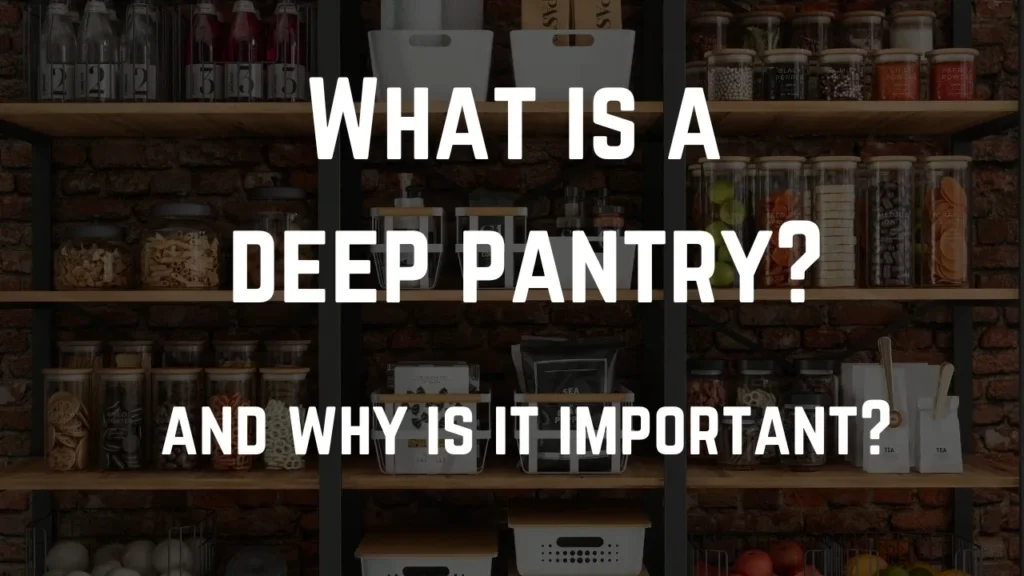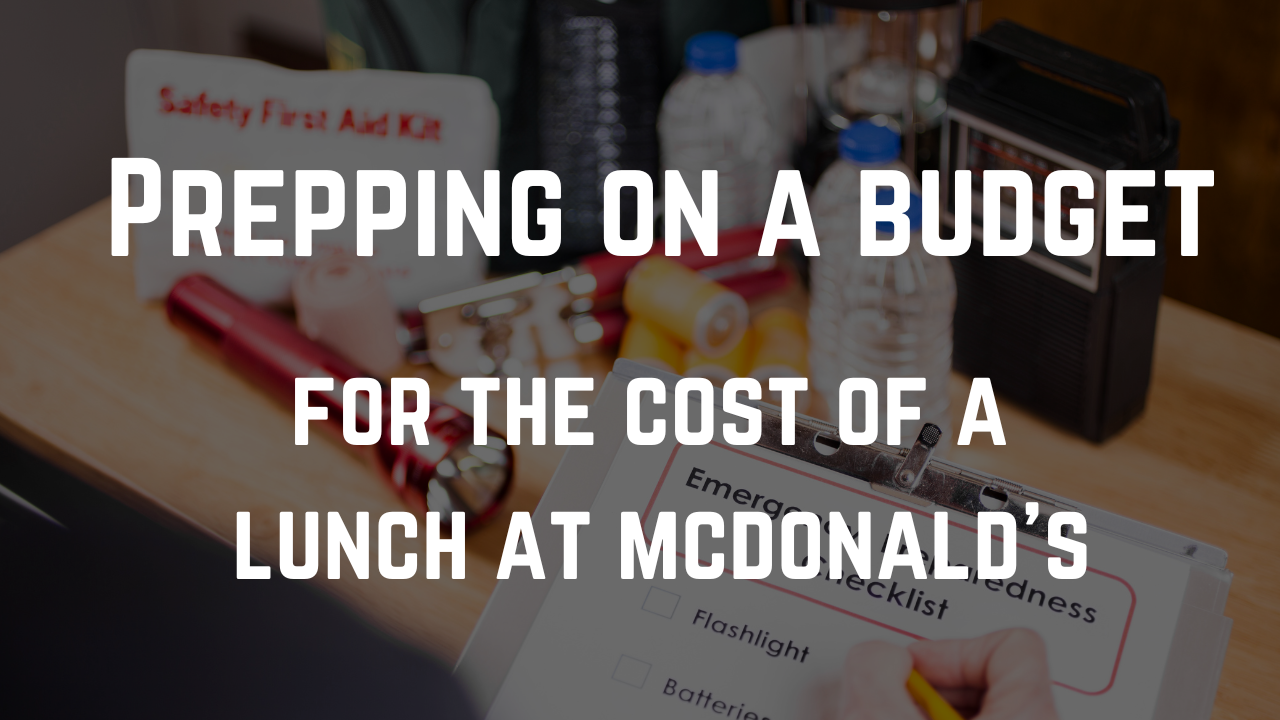
With everything going on in the world, building resilience within the home is becoming increasingly important. A crucial component of this resilience is establishing reliable food security – creating a buffer against disruptions to the food supply chain, from economic fluctuations to natural disasters.
Enter The Deep Pantry
The deep pantry is more than just a collection of food; it’s a carefully curated reserve of essential ingredients designed to sustain your household through periods of disruption. It’s a proactive measure that minimizes reliance on external systems and empowers you to manage your own food needs.
Establishing Your Resilient Food Reserve
What to keep in mind:
- Space Allocation: Optimize available space, prioritizing vertical storage solutions. Even limited space can be effectively utilized with proper planning.
- Durable and Secure Storage: Invest in airtight, pest-proof containers. Consider materials like glass, food-grade plastic, or metal, depending on your needs and storage conditions. Protection from moisture, temperature fluctuations, and pests is essential for long-term storage.
Building Inventory
Focus on shelf-stable, nutrient-dense staples:
- Calorie-Dense Staples: Dried grains (rice, wheat berries, oats), legumes (dried beans, lentils), dried pasta, high-calorie fats (cooking oils, nut butters). These provide essential energy and can form the base of numerous meals.
- Preserved Proteins: Canned meats (tuna, chicken), canned fish (sardines), dried meats (jerky), powdered milk. These offer crucial protein sources with extended shelf life.
- Essential Nutrients: Canned fruits and vegetables, dried fruits, powdered greens. These help maintain nutritional balance, especially when fresh produce is unavailable.
- Flavor and Versatility: Cooking oils, vinegars, salt, spices, dried herbs, honey. These enhance palatability and allow for greater culinary flexibility.
Additional Factors
- Water Storage: Adequate water storage is critical. Prioritize clean water containers and a reliable water purification method.
- Tools and Equipment: Ensure you have the necessary tools for food preparation, even without power (e.g., manual can opener, hand-crank grain mill).
- Long-Term Storage Techniques: Research and implement appropriate long-term storage methods, such as vacuum sealing or mylar bags with oxygen absorbers, for extending the shelf life of certain items.
Inventory Management for Long-Term
Maintaining a resilient pantry requires diligent management:
- Strict FIFO Rotation: Implement a rigorous First In, First Out system to ensure older stock is consistently used first.
- Detailed Inventory Records: Maintain accurate records of stored items, including purchase dates and expiration dates. This is crucial for efficient stock rotation and preventing waste.
- Regular Inspections: Regularly inspect stored items for signs of spoilage, pest infestation, or damage to packaging.
- Annual Stock Refresh: Periodically review your inventory and replace older items with fresh stock, rotating the older items into regular consumption.


